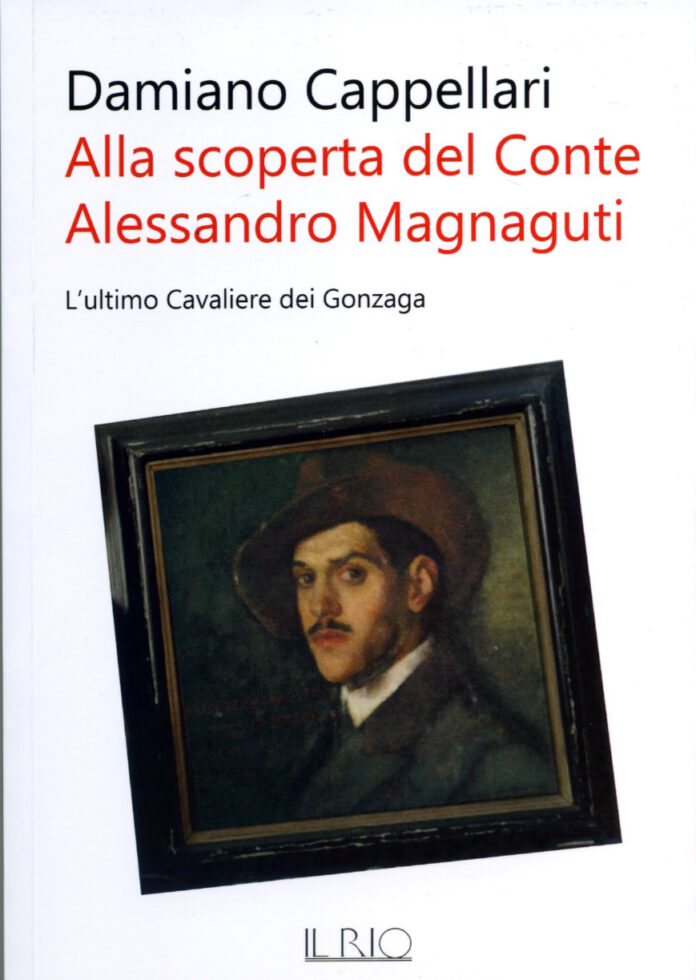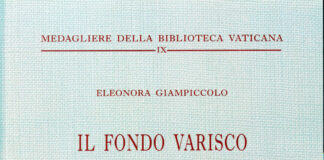
How far would you go in order to get your hands on a certain coin? Of course, this is mainly a question of money. Anyways, Alessandro Magnaguti is said to have restored the entire monastery of Castiglione delle Stiviere in Lombardy to obtain a single gold coin that was found there for his collection. But who was Alessandro Magnaguti, who was this man whose life was determined by a single passion: the passion for coins? Coin collectors might be familiar with this name from documentations on the provenances of coins. “From the Alessandro Magnaguti Collection” is a guarantee of quality. Apart from that, the collecting count is largely forgotten. Therefore, Damiano Cappellari deserves even more credit. The numismatist (or nummofile, as he calls himself following Magnaguti’s use of language) from Verona is also an author and dedicated an entire book to Magnaguti: “Alla scoperta del Conte Alessandro Magnaguti” (Rediscovering Count Alessandro Magnaguti).
A Noble Childhood
Alessandro Magnaguti belonged to the famous noble family of Mantua: the House of Gonzaga. Born on 21 September 1887 in Castello di Cerlongo di Goito (Mantua), he enjoyed the classical education that was common among people of his social status, then, he studied law in Naples. Afterwards, he took care of the administration of his estates, wrote books and poems in his spare time and collected coins. He started collecting coins at the age of 18. It is said that his collection grew so much in the following two decades that, in 1928, it was impossible for Magnaguti to find any other coins in the entire world that belonged to his two areas of expertise: Hadrian and the House of Gonzaga.
A New Era and the End of a Collection
However, Magnaguti also collected coins from other areas, after the Second World War, his collection contained 8,000 objects – this was the peak and the end of his collection. The reason was that the war had also changed the life of a nobleman, Magnaguti’s assets melted down and he sold his entire collection. He only kept the coins of his ancestors, the Gonzagas. Magnaguti had the foresight to commission the Santamaria brothers, the owners of a famous auction house in Rome, to publish a catalogue of his collection. The work was to comprise twelve volumes and the first one was published in 1949. The title perfectly suited the size and the intention of the collection: Ex Nummis Historia, that is to say: History from coins. And with the help of these coins it would (almost) be possible to write down the history of the world. Today, these volumes, which were published as limited editions, are still sought-after collector items.
Novel, Thriller, Biography: An Exciting Search for Traces
Cappellari’s work “Alla scoperta del Conte Alessandro Magnaguti” is neither a reference book nor a scientific biography in the traditional sense. Cappellari takes the reader by the hand, we accompany him on a search for traces of the collector, who leads a shadowy existence in the indications about the provenances of coins today. It is a personal diary that contains numerous documents and details and that gives us the opportunity to be – together with the author – the guest of contemporary witnesses and members of noble families. If you are looking for a different kind of numismatic thriller and understand Italian, you will learn a great deal about Italy during the time of its transition from a kingdom to a republic and, of course, about a nobleman who was a coin enthusiast and who did not spare no expense in order to complete his collection – and who sold it with stoic calm when he had the feeling that the time had come to do so.



